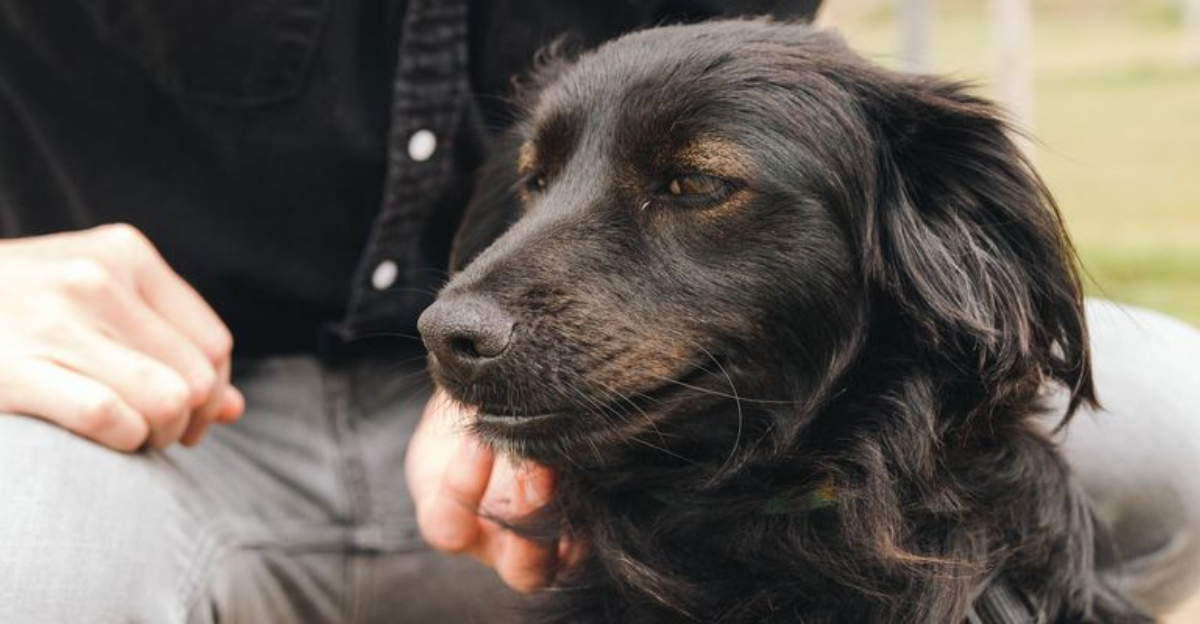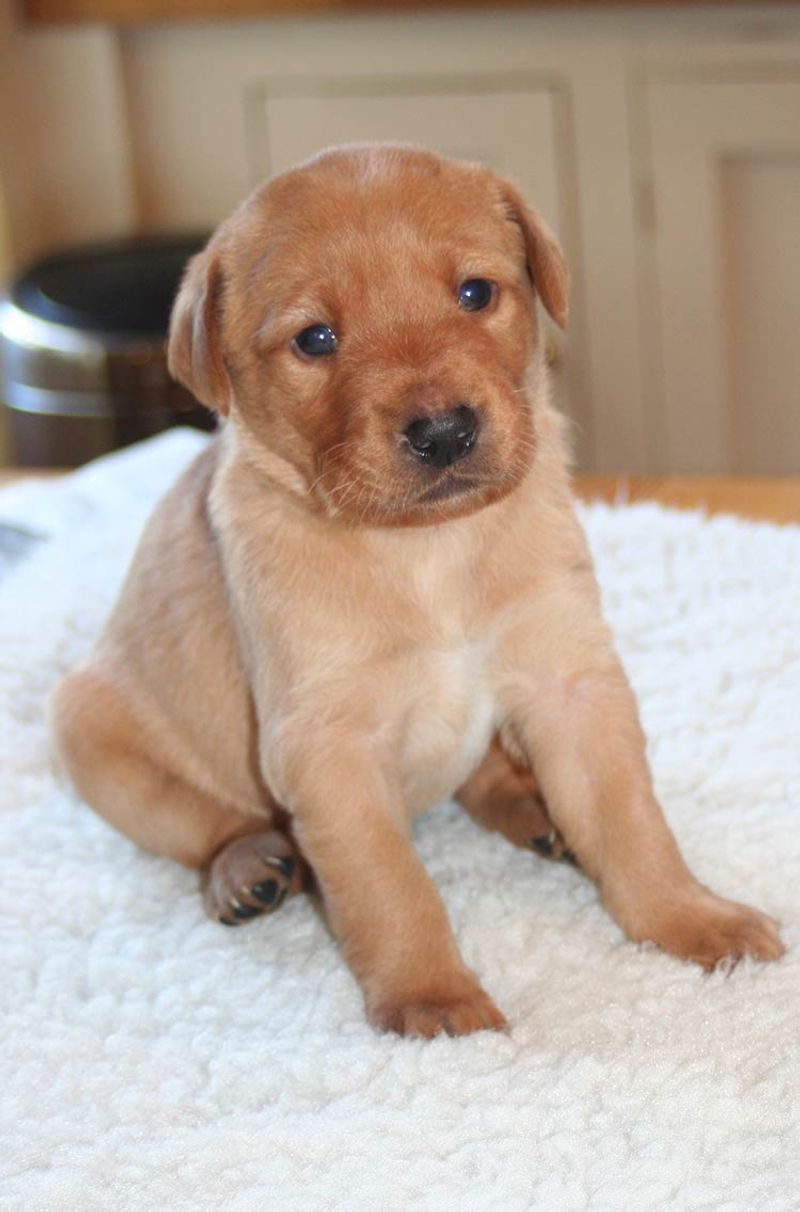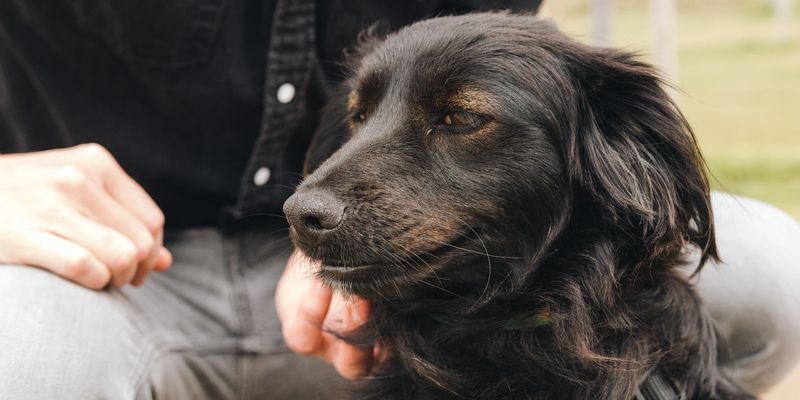Bringing a new dog into your home is both exciting and challenging. The 3-3-3 rule offers a simple guide to understanding your dog’s adjustment period over the first three days, three weeks, and three months. This framework helps you set realistic expectations and provides insight into what your furry friend might be experiencing as they acclimate to their new environment.
First 3 Days: Settling In
Imagine a world where everything is unfamiliar. During the first three days, your new dog will be in survival mode. It’s a time when they might feel overwhelmed and confused by their new surroundings. Be patient and let them explore their space at their own pace.
They may not eat or sleep much initially, which is normal behavior. Ensure they have a comfortable place to rest and plenty of water. By the end of this period, you’ll notice small signs of trust as they begin to feel safe in their new home.
Quick tip: Comfort them with their favorite toy or blanket.
First 3 Weeks: Building Routine
By the third week, your dog starts adapting to their new environment. Routine becomes their best friend. Establishing regular feeding, walking, and playtimes helps them understand what to expect each day.
This is when you’ll see their personality bloom. Some dogs may start testing boundaries, while others may become more affectionate. Consistency and positive reinforcement are key during this phase.
Fact: Dogs thrive on routine, which provides them with a sense of stability and security. So, keep those daily schedules, and you’ll witness a happy, more settled companion.
First 3 Months: Feeling at Home
Three months in, your dog should feel completely at home. They’ve settled into their routine and developed a strong bond with you and your family. It’s a period where most behavioral issues that arise have been addressed or are being managed.
Expect a loyal companion who follows household rules and enjoys family time. They’ve likely become more social, both with humans and other animals.
Tip: Continue with training and challenges to keep their mind active and engaged, strengthening your bond further. This is truly when your dog becomes part of the family.



